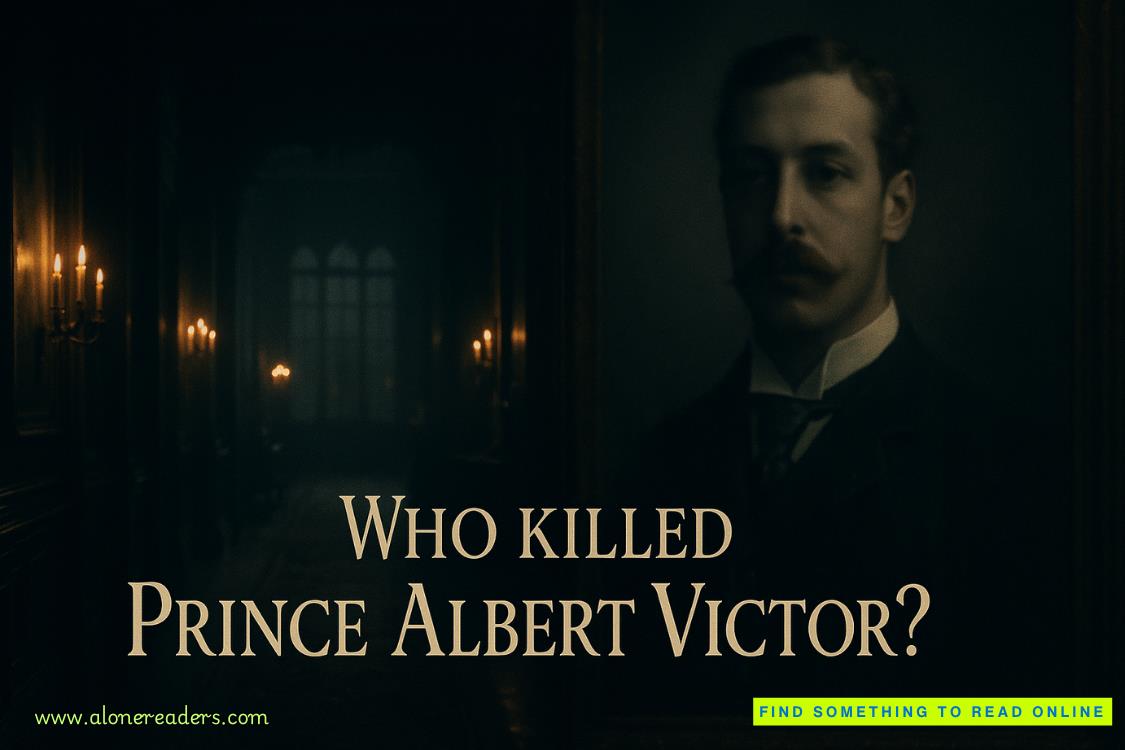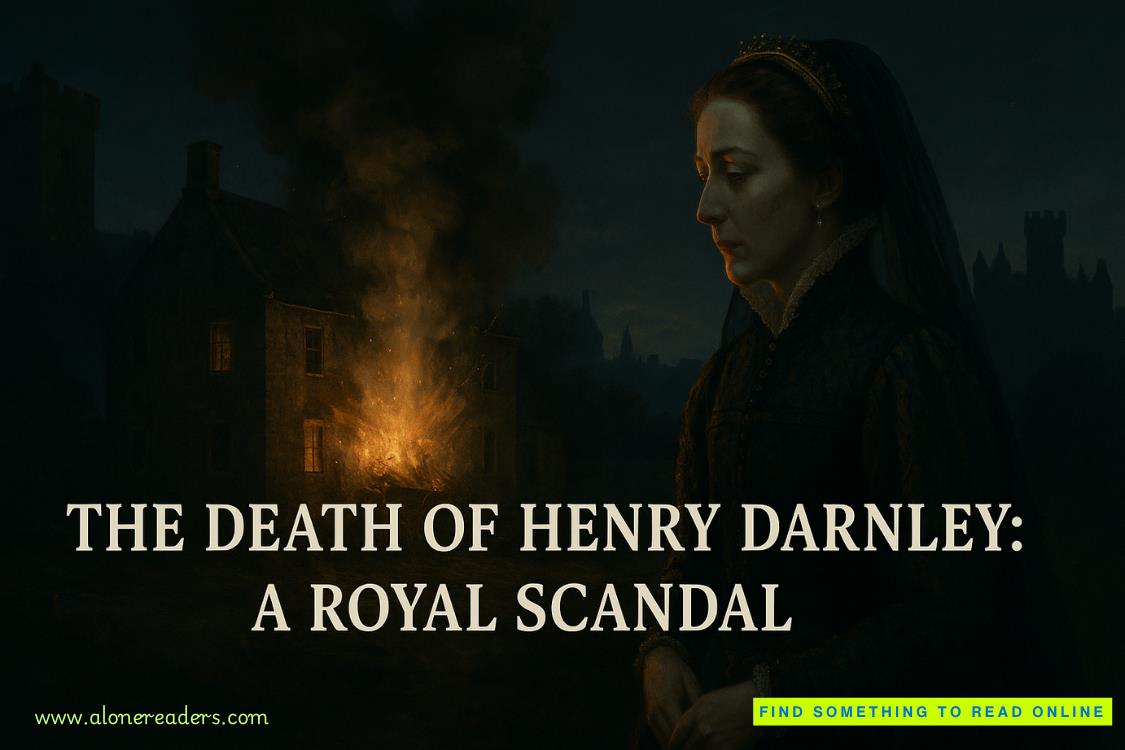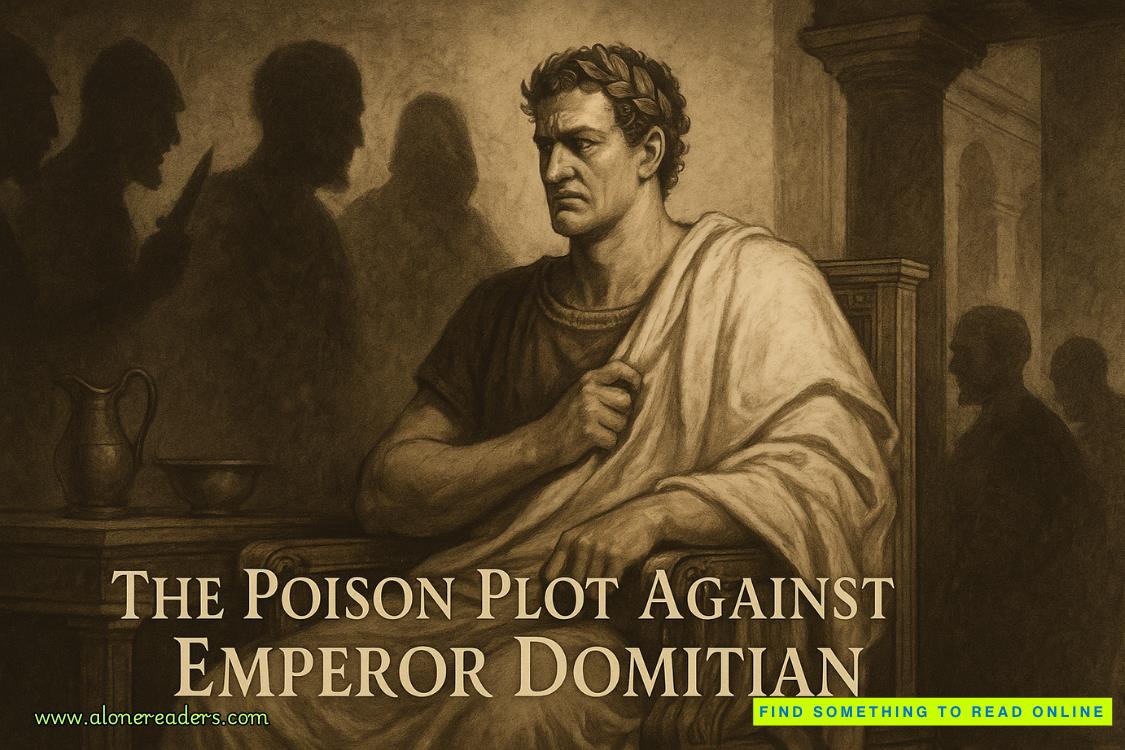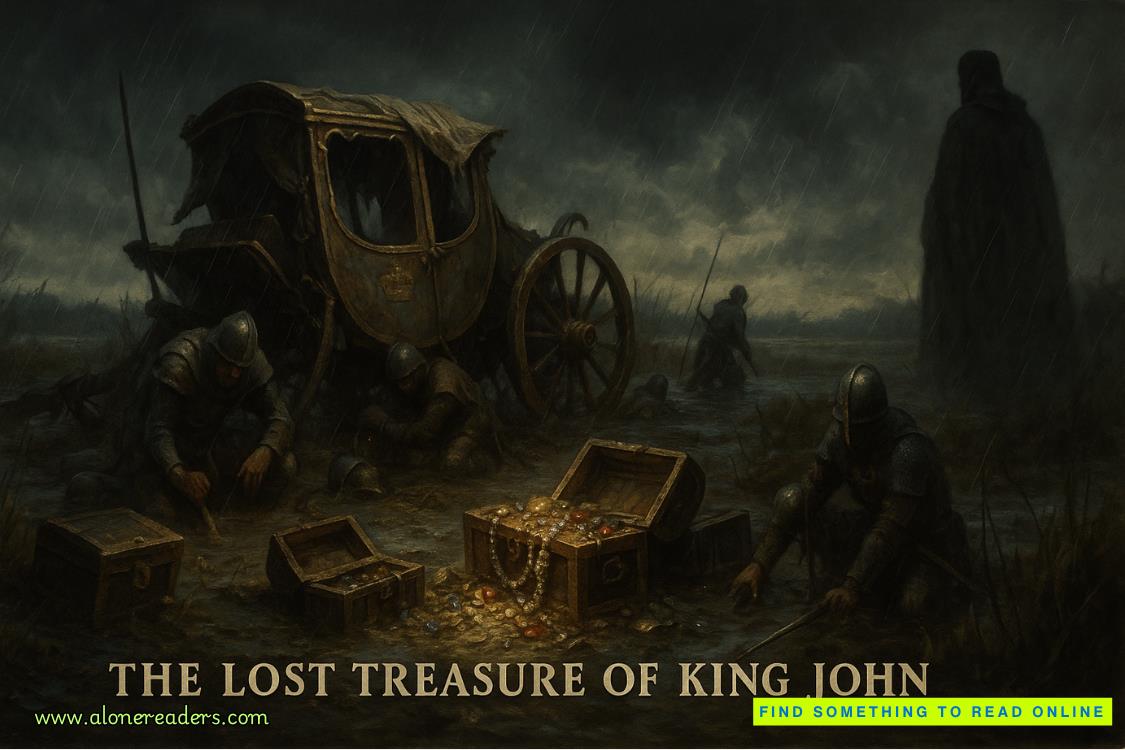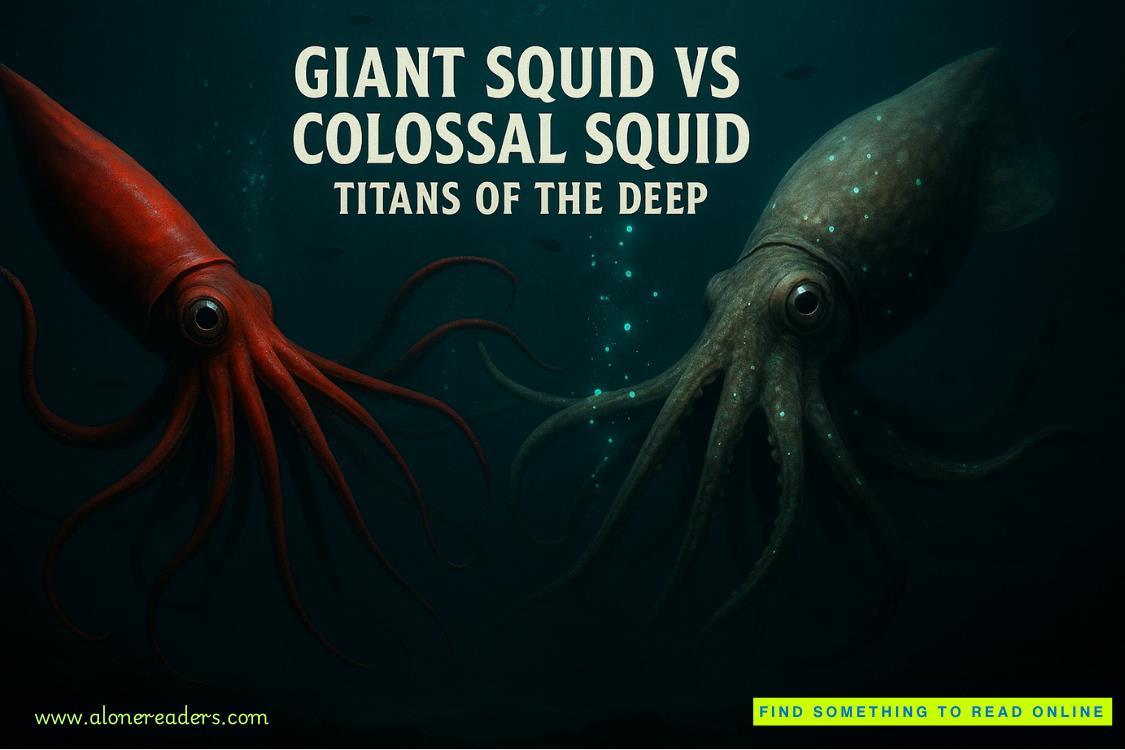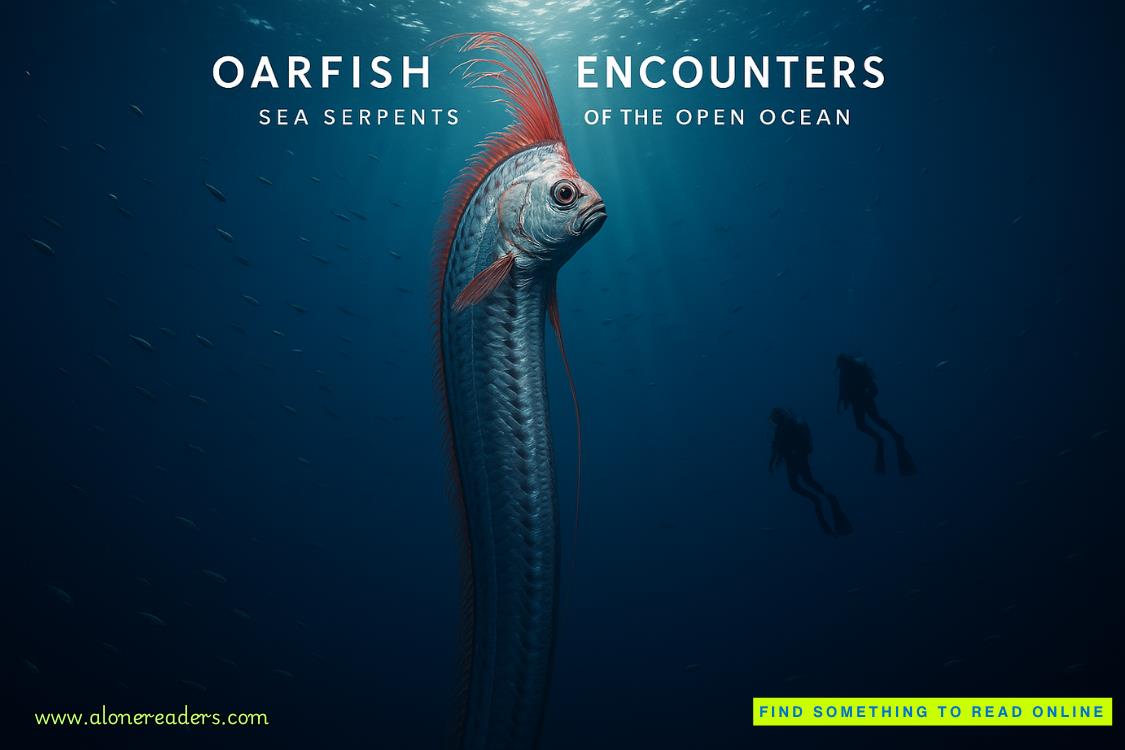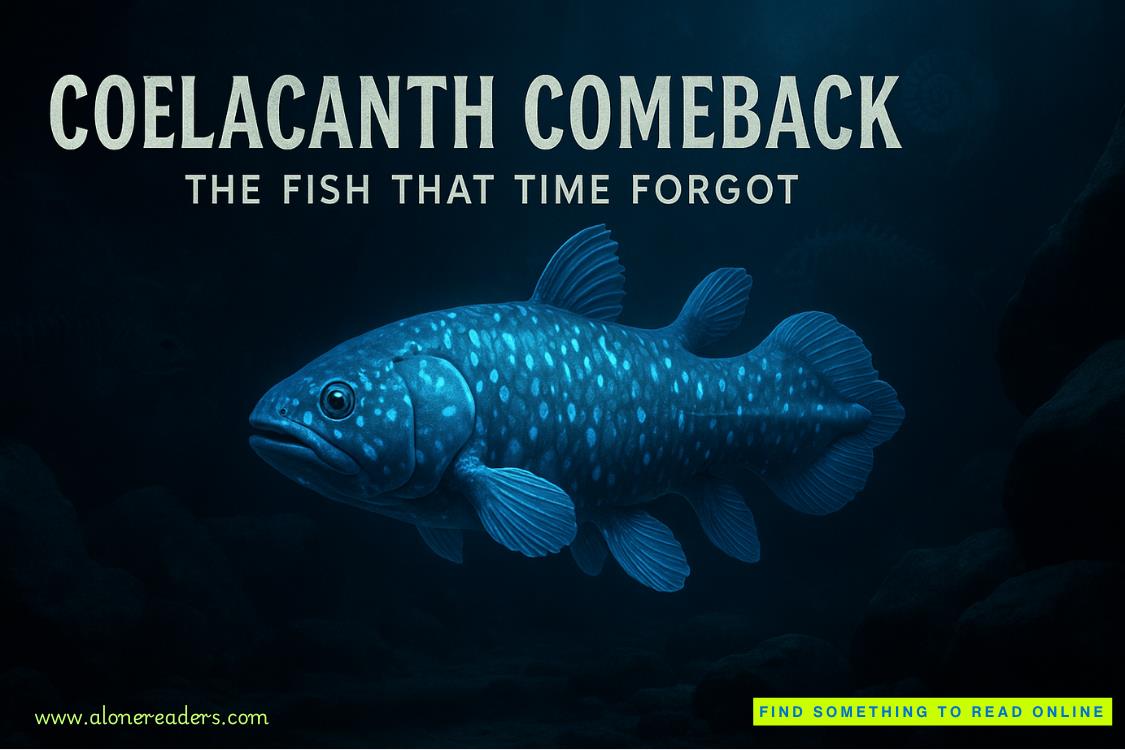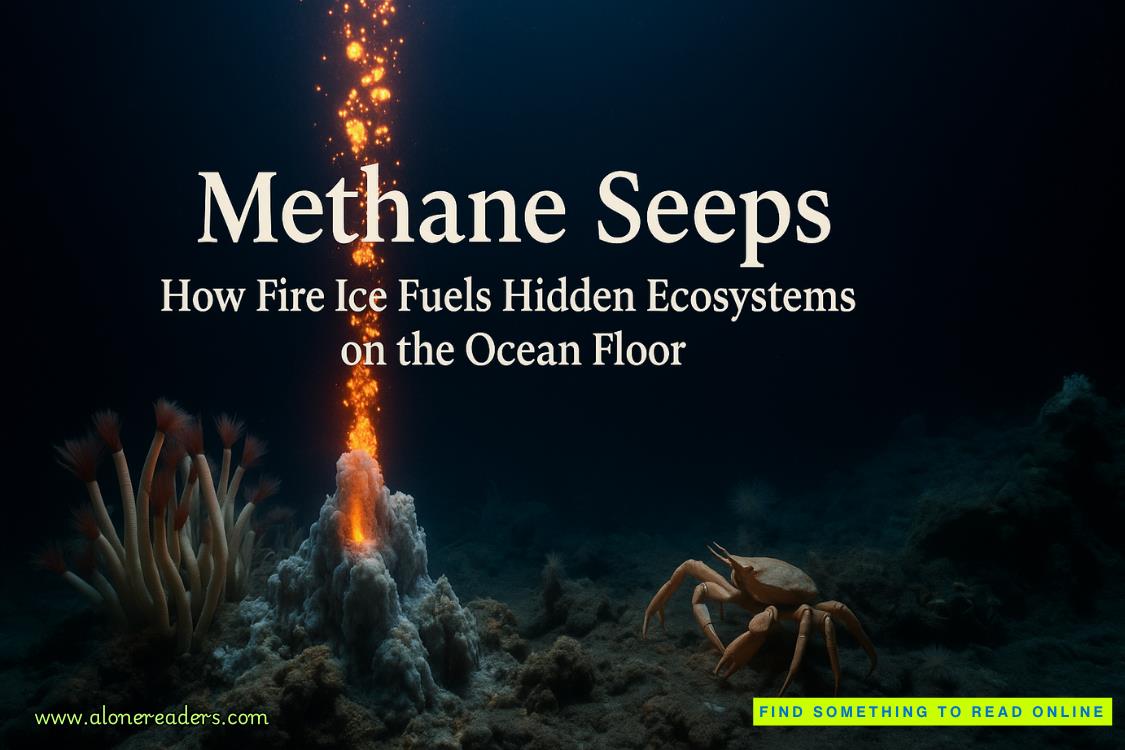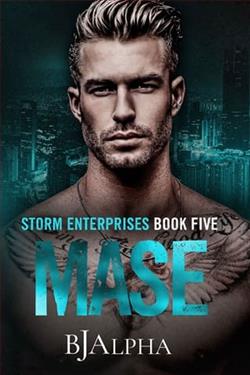Page 17 of Fire and Bones
“I think the gentleman dislikes me. Any idea why?”
Thacker forked an edamame bean. Pointed it in my direction.
“I believe it has to do with you not having a dick.”
Thacker jotted an address on a yellow Post-it and leaned forward to hand it to me.
“I’m sending a recovery team that knows a little about fire scenes. They’ll be there early. Join them.” A long brown finger pointed my way. “Make Lubu’s day.”
CHAPTER 4
The US capital was established in 1790 by an act of Congress authorizing a federal district. President Washington chose a hunk of land lying where the Anacostia River meets the Potomac River, a location that offered easy access to the western frontier and was diplomatically sandwiched between the northern and southern states.
Washington’s choice of architect was Pierre Charles L’Enfant, a Frenchman who came to America to fight in the Revolutionary War. In 1791, L’Enfant began designing the District of Columbia from scratch—that scratch being plantation acreage, much grudgingly yielded, rolling hills, dense woodland, and soggy marsh. L’Enfant imagined a grand city of wide avenues, public squares, and inspiring buildings, his concept based on European models adapted to the New World notion of egalitarianism.
True to this crazy American ideal, instead of reserving the grandest spot for the leader’s palace, L’Enfant placed Congress at the highest elevation, a hill with a commanding view of the Potomac. Central to his scheme was a public walkway, a tree-lined grassy strip running for two miles from Capitol Hill to the river.
Today, Smithsonian museums flank both sides of that strip, now dubbed the National Mall. Natural History. Portraiture. Art. Air and Space. Other creations George and Pierre would never have imagined. War memorials sit among stately monuments to Lincoln, Washington, Jefferson, and others.
Setting forth at seven the next morning, cranky at having to check out of my room, I thought about the best way to navigate. I knew that modern DC is divided into four quadrants called, uncreatively, Northwest, Southwest, Northeast, and Southeast. That numbered streets run north and south, lettered streets east and west. That avenues named for the fifty states cut diagonally through the grid, often meeting at traffic circles or squares.
Smooth sailing, right? Not under normal circumstances. Definitely not with Memorial Day and WorldPride 2025 madness clogging every square inch of town.
My hotel—former hotel—was in the Southwest. The address Thacker had provided was in the Northwest, not far from Washington Circle and smack across Monsieur L’Enfant’s grand oeuvre. I hoped that the hour was too early for curious tourists, flag-waving pedestrians, gender-affirming rallies, and patriotic parades.
The kind WAZE lady giving traffic advice suggested taking D Street across to Maine Avenue, then Independence Avenue to Rock Creek Parkway. Seemed reasonable, so I did. Encountered only minor delays and enjoyed the parkway’s stretch of winding two-lane through the wooded urban canyon.
Exiting onto K Street, I made my way toward Twenty-sixth. Toward an address at the edge of Foggy Bottom, a hodgepodge hood composed of single-family homes dating to the 1800s, blocky midrise condos and apartments, and daunting buildings like the Kennedy Center and the Watergate Hotel. Throw in George Washington University and the area is a real mix.
Well before reaching the fire scene, my ears informed me that I was near. Through the car’s fully closed windows I could hear the muted whup-whup-whup of chopper blades overhead. The steely rattle and clank of girders and chains. The shush and thud of displaced rubble.
A sooty smell slowly infused the car’s interior. With every breath I imagined minute but toxic particulates gleefully worming their way into my lungs.
One block out, an MPDC patrol unit—all red, white, and blue—barricaded the street. A cop stood beside it, shoes ruthlessly shined, arms folded across her uniformed chest. Bronze aviators hid the woman’s eyes. A black mask covered her mouth and nose.
Ten yards from Officer Shiny Shoes, I spied a gap in the row of vehicles parked along the opposite curb. Quick U-ey. Then, with much sweaty maneuvering, I wedged my Mazda into the roller-skate-sized space with only inches to spare between a red Jeep Wagoneer and a piss-yellow Camry with a window sticker declaring I Brake for Aliens.
I sat a moment, cooling down and assessing. Wondering who’d ever paint a car that color.
A lot of the equipment and personnel on Burgos’s list were now gone. I counted only two engines and two ladder units, all bright shiny red. All with the Engine Company 23 logo on one side. Heavy construction paraphernalia had replaced the departed fire trucks, and search and recovery were in full swing.
A pair of EMTs leaned against a clunky, cuboid ambulance, one smoking, the other just leaning, both looking tired and bored. I assumed their presence was for the responders, not for the building’s inhabitants, now elsewhere or dead.
Reinforcing that assumption was an ME van sitting directly behind the ambulance. Its transport team dozed in the front seat, one with head resting on the wheel, the other with booted feet on the dash.
A pair of techs in protective gear stood outside a second vehicle bearing the OCME shield. Thacker’s death recovery team, I assumed. My crew.
I shifted my gaze to the reason we were all there.
Though smoke-blackened and badly damaged, with its easternmost section largely collapsed, the building had held on to enough of its original construction for those present to appreciate that it had once been a beauty. And grander than most of its neighbors.
Located on a corner, separated by a narrow gap from the rest of the row, the three-story brick Victorian had a rounded front topped by a copper-roofed turret. Lots of recesses and ornately trimmed balconies, windows, and doors. Wide steps.
An arrow of sadness pierced my chest. People had ascended those steps to enter that building. And they would never descend.
Chill, Brennan. Do your job.
Nerves hot, blood cool, I alighted and drew my recovery kit from the trunk. Pausing to tie my boots together at the laces, I looped them around my neck and started toward Officer Shiny Shoes. Seeing me, she straightened, spread her high-sheen footwear, and thumb-hooked her utility belt.
